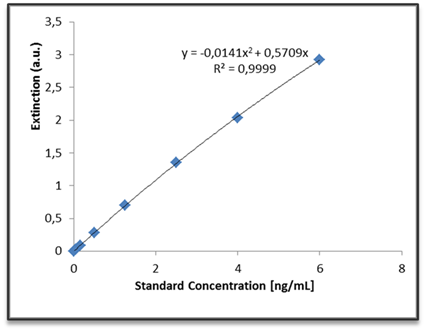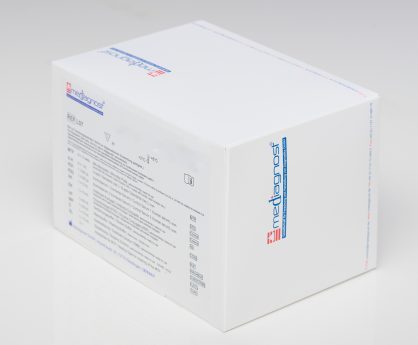Functional Leptin ELISA Assay
The Functional Leptin ELISA Assay is For Research Use Only
Size: 1×96 wells
Sensitivity: 0.01 ng/ml
Standard Range: 0.05 – 6 ng/mL
Incubation Time: 4 hours
Sample Type: Plasma
Sample Size: 15 ul
Controls Included
Product is manufactured by Mediagnost
Publication Spotlight: Functional Leptin ELISA Utilized in a Clinical Study
Assay Principle
Recombinant produced leptin receptor (SOB-R) is immobilized on a microtiter plate. The sample to be tested is diluted in dilution buffer and incubated on the microtiter plate; the leptin bound by the immobilized receptor is detected by a specific, polyclonal, Biotin-conjugated antibody and a streptavidin-conjugate. The quantification is performed with recombinant leptin, which is used as a standard and is traceable to the WHO International Standard (97/594).
Related Products
Soluble Leptin Receptor (sLEP-R) ELISA Assay Kit
Leptin Sensitive ELISA Assay
Rodent Leptin ELISA Assay



